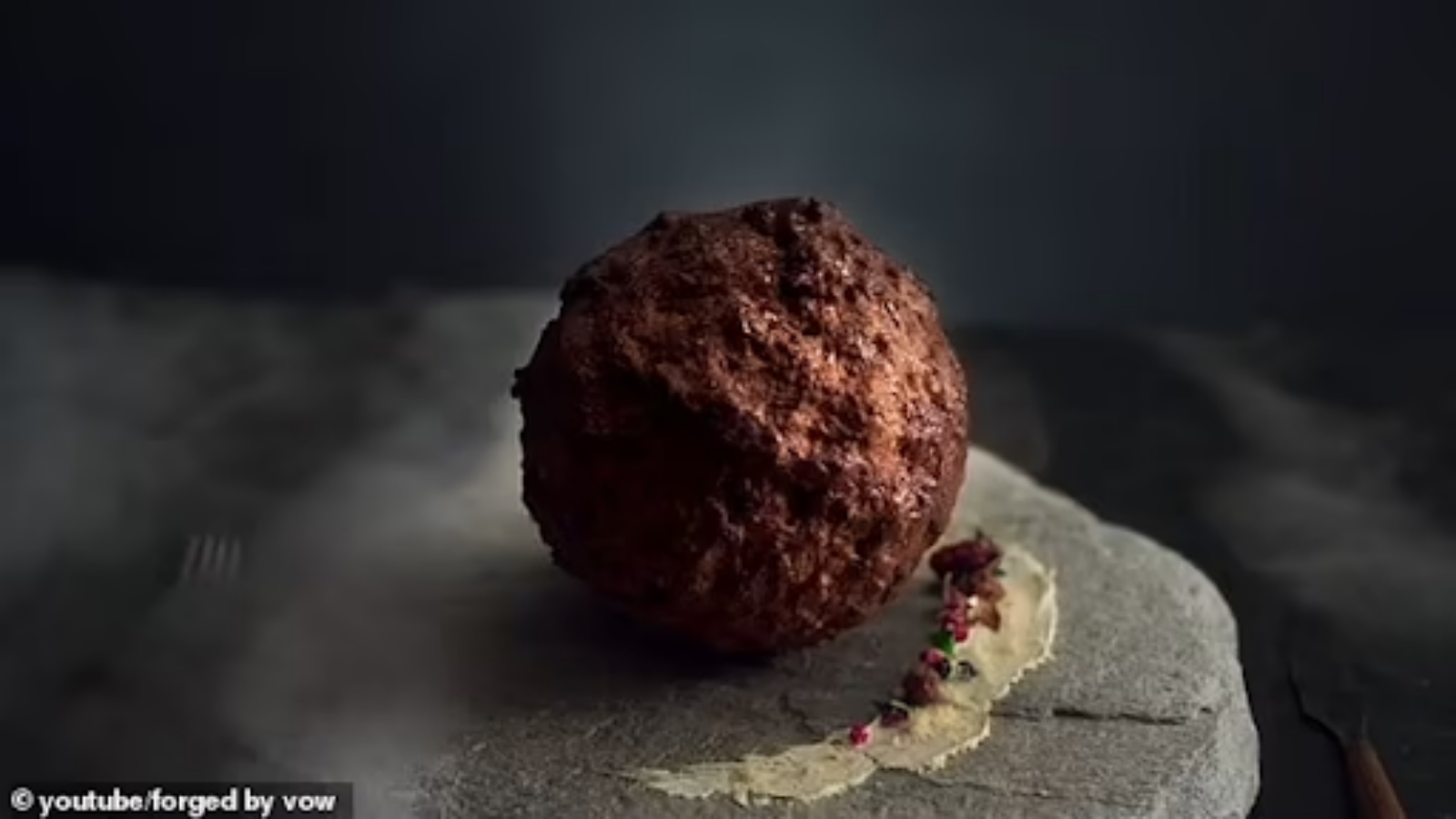An Australian cultivated meat company has created a meatball made of reconstructed cells from the wooly mammoth. The mystery meat creation reportedly only took a “couple of weeks” and was created using ancient DNA samples mixed with elephant DNA and stem cells reaped from a sheep. This genetic hodgepodge was eventually formulated into a mammoth-sized meatball. Although the scientists weren’t willing to give their digestive systems a prehistoric throwback ingesting the meat, they are confident that with time they can create a tasty concoction that’s safe for human consumption.
DAILY MAIL: Scientists grow mammoth flesh in a lab to make a prehistoric meatball – but they’re too afraid to eat it in case ancient protein proves DEADLY
By Sam Tonkin; March 28, 2023
As use-by dates go, this meatball is just a few thousand years past its best. That’s because it contains the resurrected flesh of a woolly mammoth — a beast that went extinct some 10,000 years ago.
The prehistoric meatball was made by an Australian cultivated meat company that ultimately wants to mix and match cells from unconventional species to create new kinds of meat.
Scientists took the DNA sequence from a mammoth muscle protein and filled in the gaps with code from an elephant, the species’ closest-living relative.
This sequence was then placed in the myoblast stem cells from a sheep, which replicated to grow 20 billion cells that were in turn used to grow the mammoth meat.
However, despite creating what they hope will be a ‘really tasty’ meat, the experts are too afraid to eat it in case the ancient protein proves deadly.
‘We haven’t seen this protein for thousands of years,’ said Professor Ernst Wolvetang, who made the meatball with Vow.
‘So we have no idea how our immune system would react when we eat it.
‘But if we did it again, we could certainly do it in a way that would make it more palatable to regulatory bodies.’
Professor Wolvetang, of the Australian Institute for Bioengineering at the University of Queensland, told the Guardian the process was ‘ridiculously easy and fast’ and was completed in a ‘couple of weeks’.
He added that the initial aim was to make dodo meat. However, because the DNA sequences required for this do not currently exist this was not possible.
The initial idea to create a mammoth meatball came from Bas Korsten, at creative agency Wunderman Thompson.
Vow said it ended up choosing this meat ‘because it [the mammoth] is a symbol of diversity loss and a symbol of climate change’.
It is believed the animal was driven to extinction by human hunting and a warming world after the last Ice Age.
The company’s overarching goal is to demonstrate the potential of meat grown from cells as an alternative to the slaughter of animals and associated global warming linked to large-scale livestock production.
Cultivated meat uses much less land and water than livestock, while also producing no methane emissions.
Scientists say the overall environmental impacts of cultured meat production are likely to be substantially lower than those of conventionally produced meat, despite no direct comparison being possible because cultivated products are not yet being produced on an industrial scale.
One study claimed that cultivated meat involves approximately seven to 45 per cent less energy use than conventionally produced European meat.
Greenhouse gas emissions were also found to be 78–96 per cent lower, while land use was cut by 99 per cent and water use by 82–96 per cent.
Plant-based alternatives to meat are commonly seen on supermarket shelves worldwide, but cultured meat is still a burgeoning area of expertise.
Good Meat’s cultivated chicken, which replicates the taste of the actual meat, is currently only sold to consumers in Singapore.
However, two companies – Good Meat and California-based Upside Foods – have now passed an approval process in the US.
George Peppou, CEO of Vow, told the Guardian: ‘The goal is to transition a few billion meat eaters away from eating [conventional] animal protein to eating things that can be produced in electrified systems.
‘And we believe the best way to do that is to invent meat. We look for cells that are easy to grow, really tasty and nutritious, and then mix and match those cells to create really tasty meat.’
The mammoth meatball will be unveiled at Nemo, a science museum in the Netherlands, this evening (Thursday).
Photo: Youtube Forged by Vow
